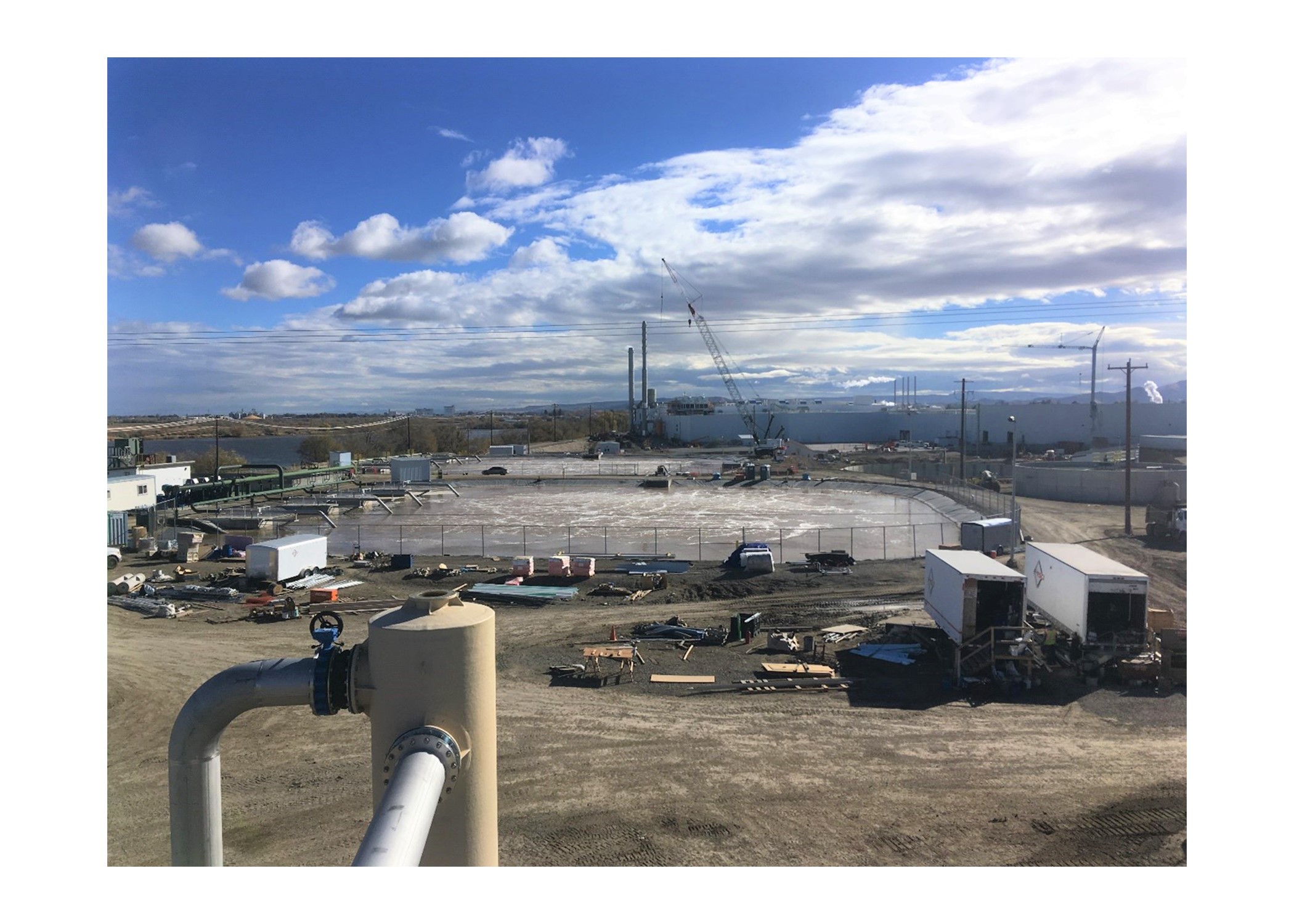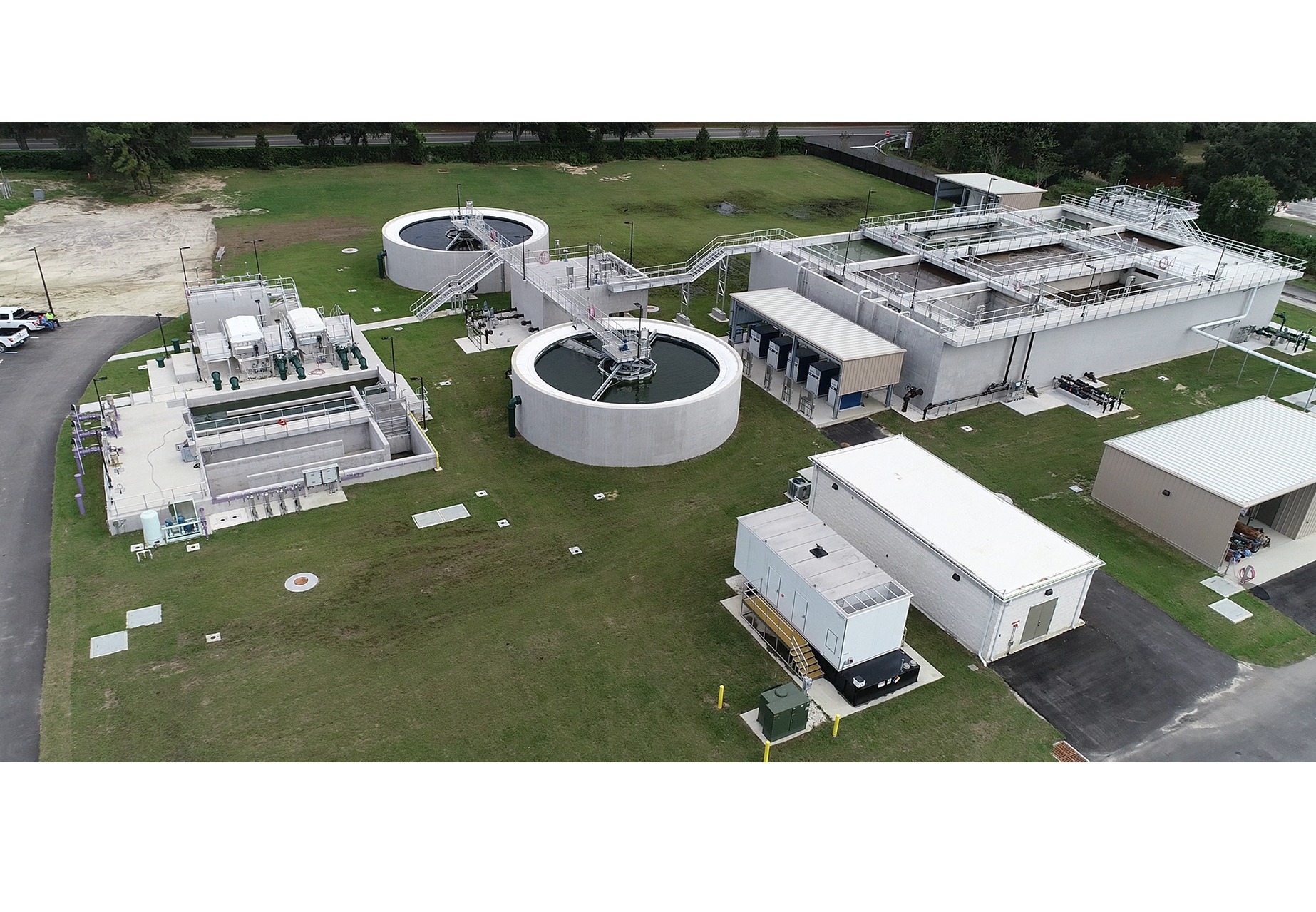McCain UASB Design and Process Wastewater Improvements
Burley, Idaho
The McCain Foods Burley, Idaho facility has recently undergone a $200 million expansion to increase capacity to over 900 million pounds per year of potato processing. The corresponding increase of wastewater required significant expansion of the existing wastewater plant. The existing plant consisted of a 24-MG low-rate covered anaerobic lagoon (CAL) previously designed by the Ardurra team in 2004, as well as two parallel aerobic lagoons, secondary clarification, and a disinfection system.
Ardurra provided planning and design for the wastewater facility improvements to allow the facility to meet their current NPDES permit limits for discharge to the Snake River. After considering several potential expansion options, the final plan for wastewater improvements included addition of an Upflow Anaerobic Sludge Blanket Digestion (UASB) system. The high-rate treatment UASB system operated in parallel with the low-rate system would require significantly lower power consumption to run and produce much less waste. Methane produced from the UASB is captured and used as an energy source for processing plant operations or used for its own running power.
The overall wastewater expansion included design and incorporation into the existing plant of a new 70-foot diameter primary clarifier, a new 140-foot diameter secondary clarifier, the high-rate UASB anaerobic digestion system, biogas handling, aeration improvements at the two existing aerobic treatment lagoons, a new RAS/WAS/Primary sludge pump station, and miscellaneous hydraulic and chemical phosphorus removal and disinfection system improvements. The existing 24-MG low-rate CAL operation was maintained as part of the new process.
Part of the project included a new triplex submersible lift station and 18” HDPE force main to connect the plant effluent lift station with the treatment system across the site. A triplex pump system was designed and build to handle projected peak instantaneous flows from the screening system. The lift station was designed with the understanding that the new equipment would be installed during a short window of no flow from the plant, and T-O adjusted the design accordingly and supervised construction to ensure the pumps were operational on a tight deadline. The force main includes a flow splitter building with automated flow control valves and flow meters.
Ardurra provided construction and startup services support throughout the construction and commissioning phases of the project.




